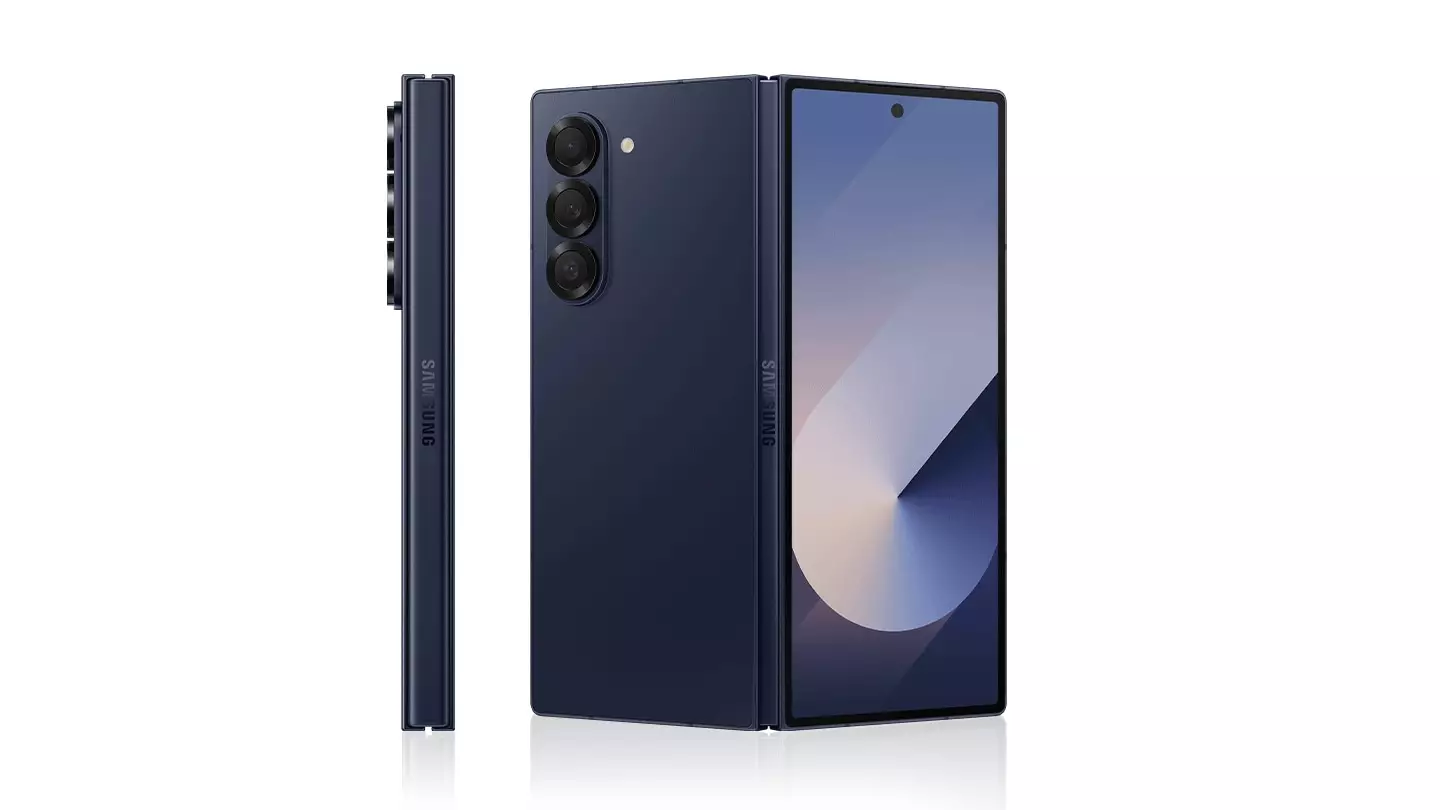Samsung’s Galaxy Z Fold series has become the flagship emblem of modern foldable smartphones—an ambitious fusion of tech innovation and premium design. Yet, as much as the company has pushed boundaries, it has sometimes faltered, especially when it comes to design decisions that feel out of touch with consumer preferences. The latest controversy surrounding the Galaxy Z Fold 7’s “Saturn Ring Design” for its camera lenses illustrates this disconnect perfectly. From what has recently leaked ahead of Samsung’s Galaxy Unpacked event scheduled for July 9, Samsung seems to be acknowledging its missteps by ditching the unpopular metal camera rings established in previous models. This marks not just a subtle design tweak, but a vital course correction for Samsung’s public image and design philosophy.
When Aesthetics Clash with User Expectations
Samsung’s previous Galaxy Z Fold 6 and S25 models featured thick metallic rings around the rear cameras—a stylistic choice branded the “Saturn Ring Design.” This design initially appeared to elevate the premium look of the phones, providing a bold, industrial edge. But the reality diverged significantly. Instead of being praised for its uniqueness, the Saturn Ring Design drew criticism for feeling bulky, gaudy, and frankly “cheap” to many users and critics alike. This disconnect represented a rare but significant failure in Samsung’s product aesthetics—a reminder that high-tech innovations alone don’t guarantee consumer approval.
Samsung’s apparent decision to drop this heavy-handed design in the Z Fold 7 is a smart, albeit overdue, pivot. It’s a gesture that signals the company is not above listening to genuine customer feedback, even when it requires abandoning what it initially considered a signature design element. Many brands, especially those as colossal and influential as Samsung, often struggle to accept such criticism swiftly, clinging stubbornly to their design language despite growing backlash. Samsung’s reversal is refreshing and might bode well for its future products.
Boldness Balanced by Practicality
Beyond the camera rings, the Z Fold 7 continues to embrace a lighter, slimmer design. Reports suggest it will weigh 215g with an impressively thin 4.2mm thickness when unfolded. The phone also features the latest Snapdragon 8 Elite for Galaxy chipset, affirming Samsung’s commitment to performance leadership in foldables. Additionally, the ambitious screen real estate — with a 6.5-inch external display paired with a generous 8-inch internal foldable screen — promises users real productivity and versatility.
Yet, despite these flashy specs, the question remains whether design nuances like the now-eliminated Saturn Rings detract from the broader user experience or simply underline Samsung’s occasional misalignment with consumer tastes. The move to remove such designs demonstrates a healthy class of humility in a market saturated with competition from the likes of Huawei, Xiaomi, and Apple, all eager to capture foldable market share with flawless blends of form and function.
Samsung’s Market Strategy: Responsive or Reactive?
The timing of the announcement ahead of the Galaxy Unpacked 2025 event—and the company’s willingness to continue pre-reservations in markets like India—suggest a strategic urgency. Samsung cannot afford to rest on past laurels, especially in a segment where consumer loyalty remains fragile and brand perception crucial. By addressing design feedback openly and promptly, Samsung positions itself as a more consumer-focused brand, though it remains to be seen if this mindset will permeate future product lines beyond superficial tweaks.
Critically, this design phase reveals a broader tension inherent in tech companies today: the battle between innovation for innovation’s sake versus innovation grounded in user-centric design thinking. Samsung’s recent course correction underscores the necessity of prioritizing aesthetic subtlety alongside raw technological prowess. In a world that increasingly craves devices blending seamlessly into daily life, bombastic design elements risk alienating rather than attracting users.
Looking Ahead: A Center-Liberal Perspective on Tech Accountability
From a balanced viewpoint aligned with center-wing liberalism—advocating for innovation tempered with accountability—Samsung’s actions should be welcomed but closely scrutinized. Tech giants wield immense influence and often act with minimal regard for end-user voices. Samsung’s reversal on the Saturn Ring Design provides a hopeful example of corporate listening and responsiveness. Nevertheless, consumers and advocates alike must push beyond single design fixes to demand ongoing transparency, ethical supply chains, and considerate product development that harmonizes technology’s promise with genuine user needs.
In this evolving landscape, Samsung’s trajectory will serve as a case study in whether substantial, user-driven refinement can coexist with the company’s aggressive growth strategy. If Samsung continues prodding its foldable tech toward refinement—respecting aesthetics without sacrificing functionality—it could retain its status as a trailblazer deserving of the loyalty it seeks. But if it lapses back into repeating avoidable design mistakes, consumer trust may erode faster than foldables can unfold.

Leave a Reply